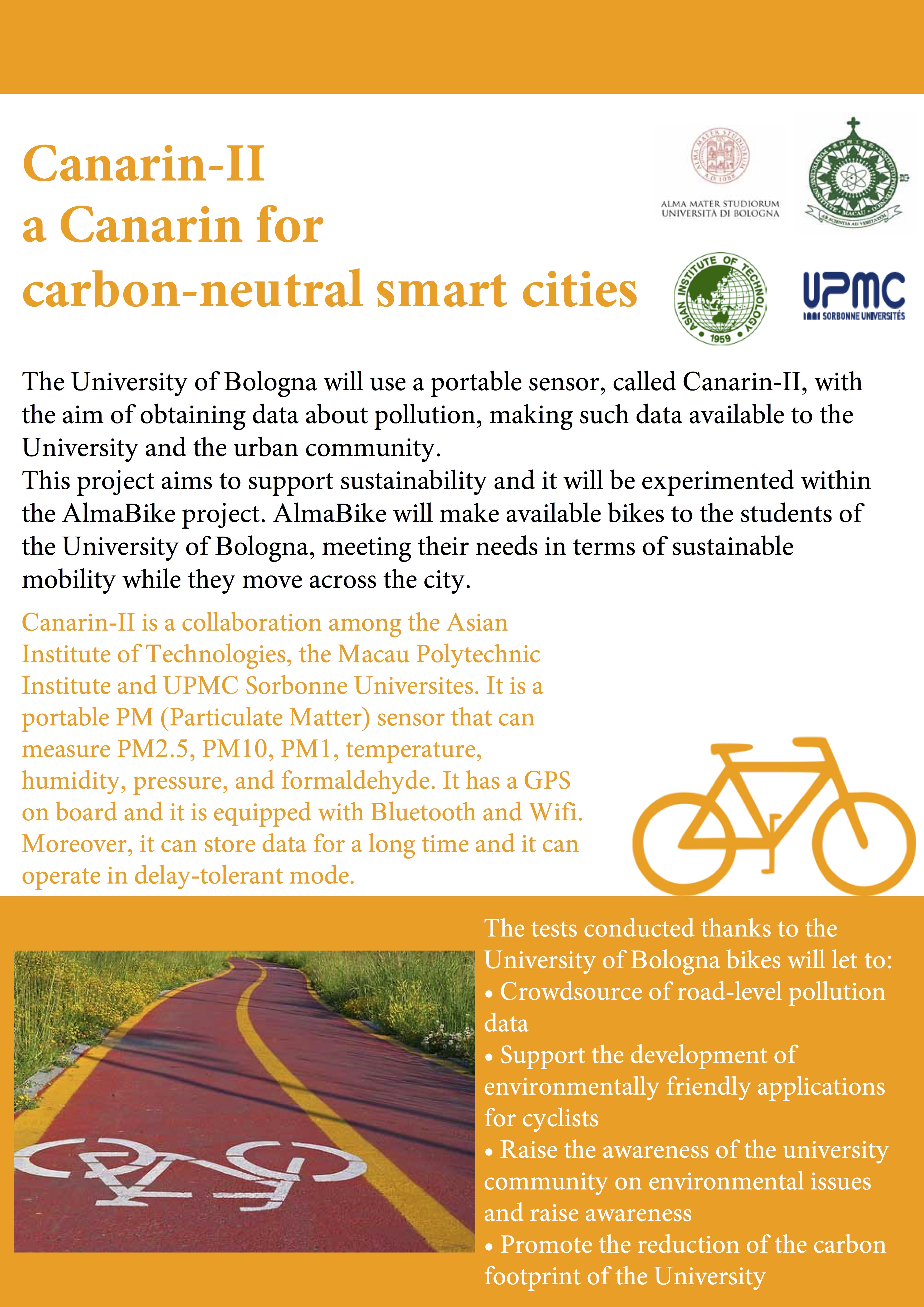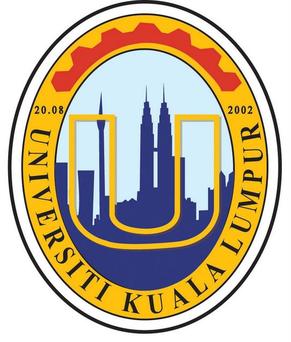| |
The Low-cost Real-time Monitoring of Haze Air Quality Disasters in Rural Communities in Thailand and Southeast Asia (SEA-HAZEMON) is sponsored by a grant from the French Ministry of Foreign Affairs and International Development. |
|
| |
|
|
| |
RESEARCH FIELD: Wireless Sensor Networks/Internet of Things |
|
| |
|
|
| |
BACKGROUND: |
|
| |
In Thailand and Southeast Asia, haze air quality disasters caused by forest fires and agricultural-related burns occur every year, especially during drought periods. Haze disaster affects the health and well-being of people living in a very large area. Government weather stations that report haze conditions are costly and located mostly near to large urban cities. As a result, rural citizens and farmers still lack timely capabilities to get the information regarding haze air quality disaster. |
|
| |
|
|
| |
OBJECTIVES: |
|
| |
We aim to build and validate low-cost haze monitoring sensors that can be deployed in remote rural areas to warn rural citizens when too much haze is present. |
|
| |
|
|
| |
METHODOLOGY: |
|
| |
We will investigate a number of low-cost commercially available Particulate Matter (PM) sensors, Carbon Monoxide (CO) sensors as well as other gases that are part of the haze. We want to see the efficacy of detection, the durability once the sensors have been deployed and the ability to give consistent readings throughout the sensors' lifetime. Sensors will be chosen and tested in laboratory for calibration purposes. New sensor technology and sensor data correlation techniques will also be studied. |
|
| |
|
|
| |
EXPECTED OUTPUT: |
|
| |
We aim to build technological prototypes of low-cost haze sensors and monitoring system that can be tested and durably deployed in rural areas of SEA region.
-> https://canarin.net/seahazemon/map.html
-> HAZEMON II: In-network Computation using NDN for Haze Monitoring
|
|
| |
|
|
| |
|
|
| |
|
|






